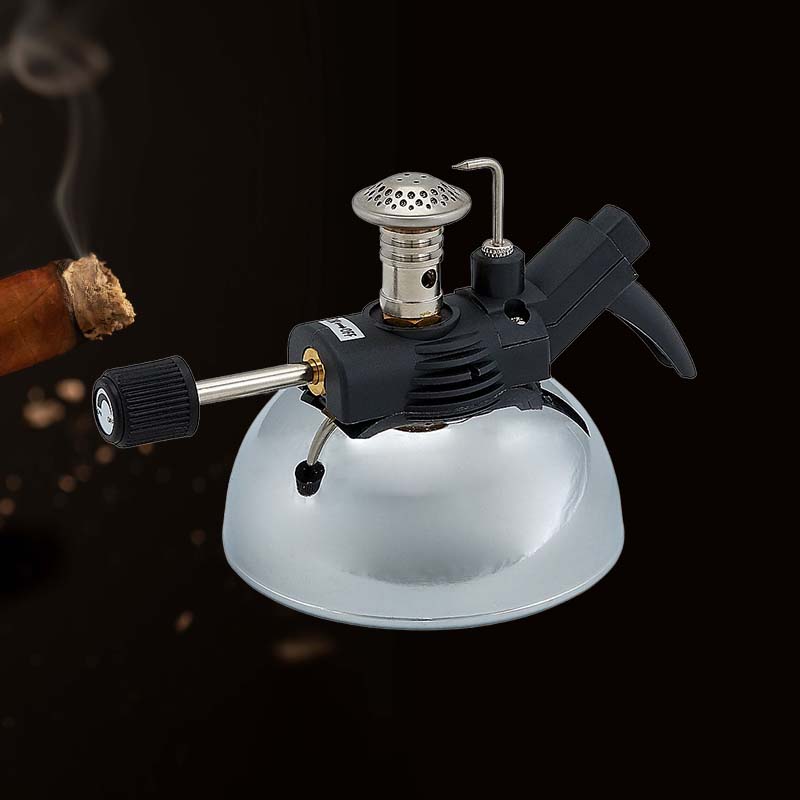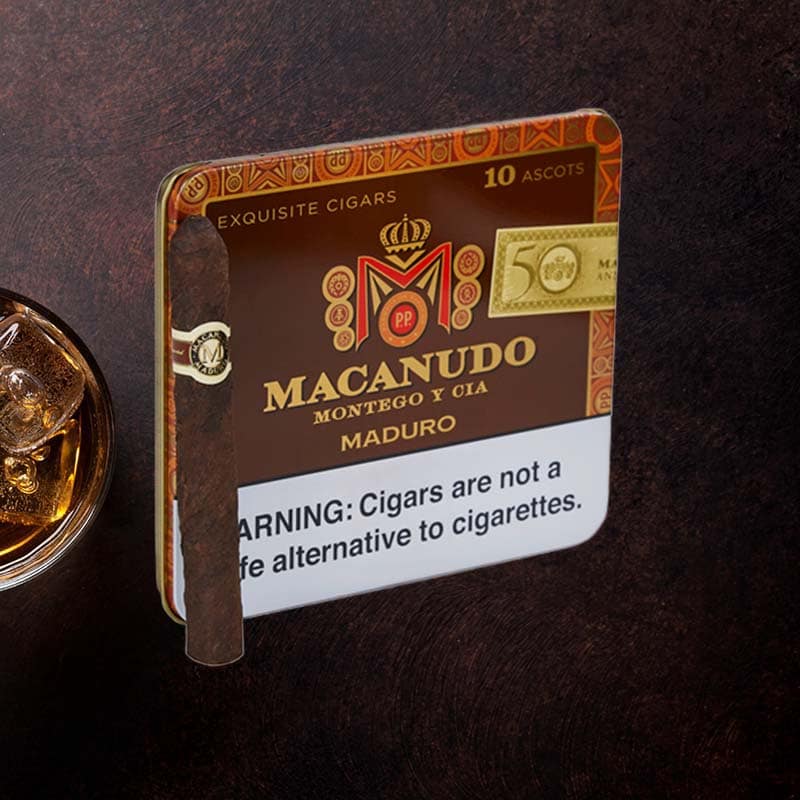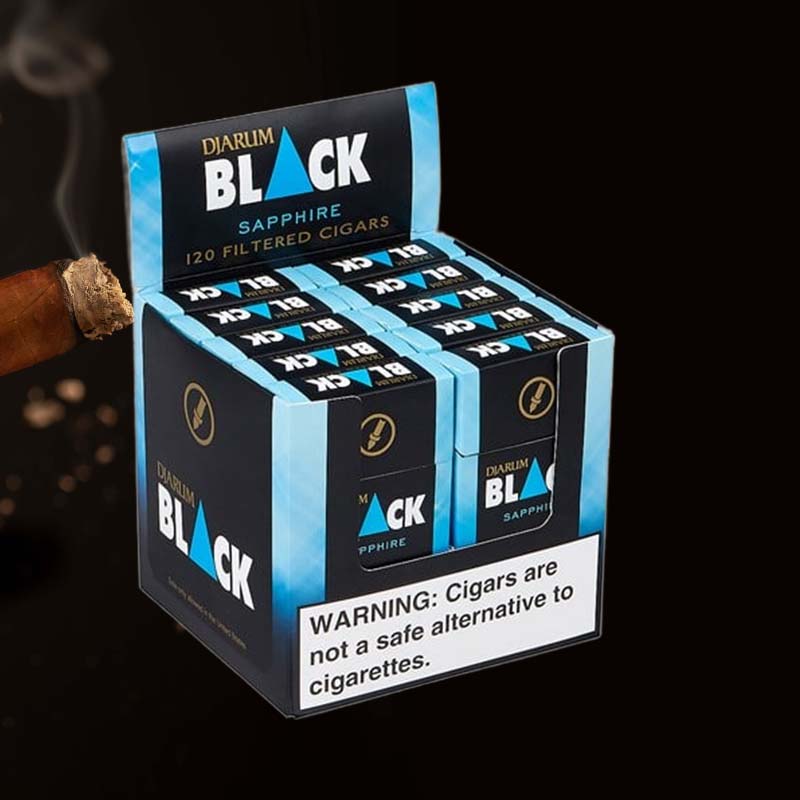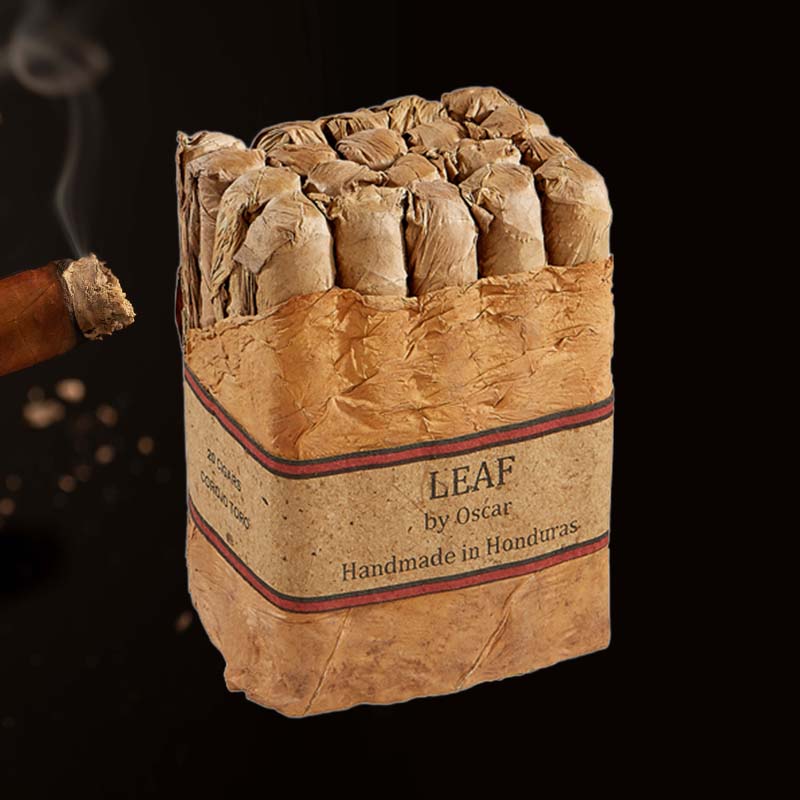Torch light connection
Introduction: DIY Torch Light Connection
As a DIY enthusiast, there’s an undeniable thrill that comes from creating something from scratch. One of my favorite projects has been building my own torch light connection. It’s not just a matter of functionality; it’s about bringing a little spark into your life—quite literally! The warm glow of the finished torch becomes a testament to my skills and creativity. In this article, I’ll guide you through each step of the process, so you too can experience the satisfaction of illuminating your space with your own DIY torch light.
Step 1: Required Materials

List of Essential Components
- LED bulb
- On/Off switch
- Battery or power source
- Wires (positive and negative)
- Resistor (specific to your LED)
- Connector terminals
- Screwdriver
- Insulation tape
Step 2: Circuit Diagram Overview

Understanding the Circuit Layout
Before diving into the physical connection, it’s vital to visualize how everything will come together. I often sketch out the circuit layout before I begin. The circuit will primarily have a power source, switch, resistor, and LED arranged in a loop. This visualization will guide you in ensuring that all components are connected correctly, minimizing mistakes and maximizing fun!
Step 3: Connecting Wires to the On/Off Switch

Wiring Techniques for Optimal Connection
When I attach the wires to the on/off switch, I pay careful attention to ensure a tight connection. Strip the ends of the wires, twist them tightly if necessary, and then secure them to the terminals of the switch. I find it helpful to use a screwdriver to ensure they are firmly held in place. A good connection here is crucial, as the switch will control the flow of electricity.
Step 4: LED and Switch Integration
Best Practices for LED Connections
Connecting an LED might seem straightforward, but I recommend ensuring you observe polarity. The longer leg of the LED is the anode (positive), while the shorter is the cathode (negative). I carefully attach the anode to the switch, ensuring secure contact. The cathode connects back to the resistor or negative terminal, forming an effective circuit.
Step 5: Adding a Resistor to the Circuit

Choosing the Right Resistor for Your LED
Choosing the correct resistor can make or break your circuit; trust me, I’ve learned that the hard way! I always calculate the required resistance based on the LED specifications and power source voltage. A resistor that’s too low can burn out your LED, while too high might not allow it to light up. The right choice ensures that my torch shines bright without burning out prematurely.
Step 6: Connecting the Negative Terminals
Importance of Proper Grounding
Grounding is one of the cornerstones of any electrical connection. I link the negative terminal of the battery to the negative side of the circuit, making sure it has a solid connection. This way, I avoid grounding issues that can lead to flickering lights or circuit failures. It’s a small but crucial detail that shouldn’t be overlooked!
Step 7: Connecting the Positive Terminals

Ensuring Effective Power Supply
With careful precision, I connect the positive terminal of the battery to the switch, ensuring that the current will flow when activated. This connection has to be tight; otherwise, the power supply might fluctuate. Once complete, I feel a rush of excitement knowing I’m on the last stretch!
Step 8: Securing the Connections

Techniques to Prevent Short Circuits
As I wrap up, I thoroughly check all my connections and cover any exposed wires with insulation tape. I’ve had my fair share of short circuits and can tell you that a little preventive measure can go a long way. This step ensures safety and prolongs the lifespan of my torch light!
Step 9: Testing Your Torch Light Connection

What to Check for Successful Operation
Once everything is connected, I flip the switch. The thrill of seeing the light glow for the first time is unmatched! I check if the LED lights up steadily without flickering and ensure all connections are cool to the touch. If it works, it’s time to celebrate!
Step 10: Troubleshooting Common Issues
Identifying and Fixing Connection Problems
If the light doesn’t turn on, it can feel disheartening. But from my experience, troubleshooting is part of the joy of DIY projects. I check the battery, ensure the switch is working, and retrace my steps to verify that everything is connected correctly. Most issues are simple to fix once identified!
Conclusion

Building your own torch light connection brings an incredible sense of achievement. Each step, from gathering materials to troubleshooting, has its unique joys and challenges. I encourage everyone to give it a try—after all, it’s not just about the light; it’s about learning and creating!
Reader Interactions
FAQ

How to make a torch circuit?

To make a torch circuit, gather your materials, connect the LED to an on/off switch and a power source, add a resistor, and ensure all connections are secure. Then, test it out to see if it lights up!
Which type of connection is found in a torch?

A torch typically uses a series connection with a direct pathway from the battery through the switch, resistor, and LED, ensuring the proper functioning of all parts in conjunction.
What are the parts of a torch light?
The key parts of a torch light include the battery or power source, an LED bulb, an on/off switch, connecting wires, and a resistor. Each component plays a vital role in the operation of the torch.
How do you set a torch light?

To set up a torch light, connect each component in the correct order—battery, switch, LED, and resistor—ensuring all connections are secure. Test the circuit to confirm it works before finalizing.
